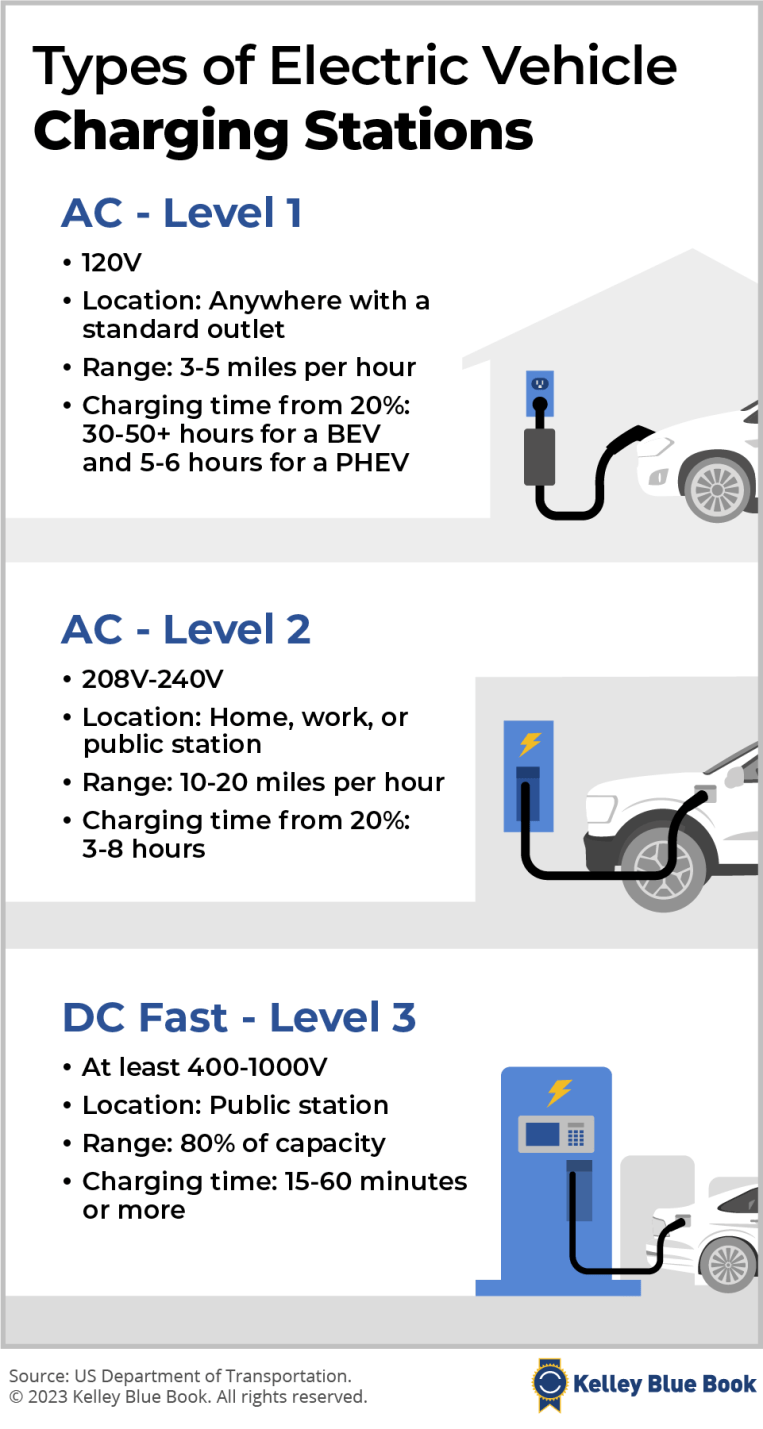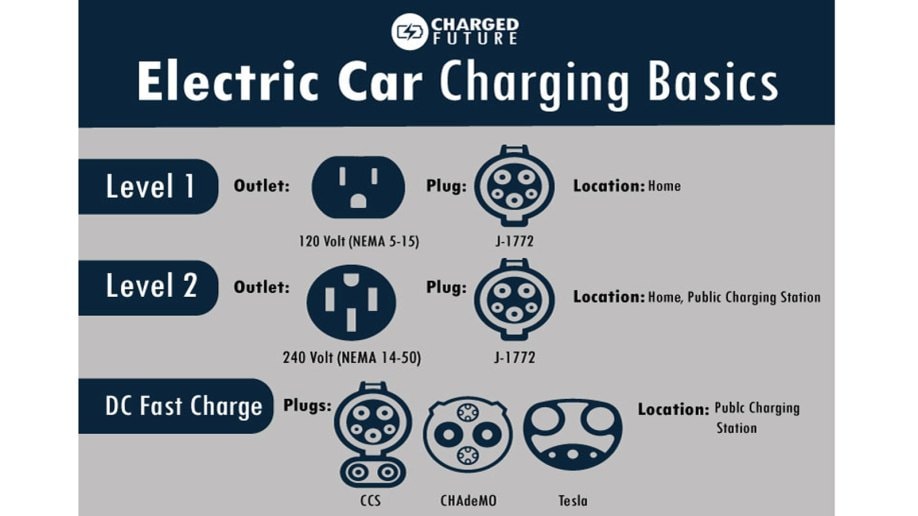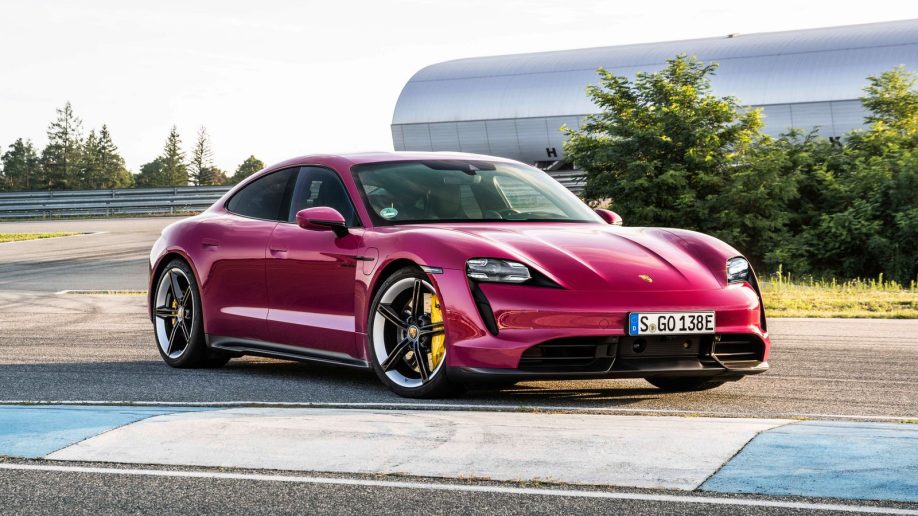How Long Does It Take To Charge an Electric Car?
By Renee Valdes 01/30/2024 1:52pm
- Many new electric cars can take up to 12 hours to charge using a Level 2 outlet.
- Electric car battery technology constantly improves and evolves.
- When buying an EV, consider its charging capacity.
- Charging depends on the maximum rate of the station you use.
- EV batteries work best when not running below 20% or above 80%.
Electric cars are becoming increasingly popular with drivers who desire these vehicles’ eco-friendliness and cutting-edge design. These days, buyers turn to them because they want to save money as they steer clear of gas stations.
Electric vehicles (EVs) are also becoming cheaper to own and easier to maintain thanks to a proliferation of charging stations at shopping centers, office buildings, and other public places. Also, the federal government offers up to $7,500 in tax incentives for buying select new or leased cars. There are also incentives for select used electric cars.
However, charging these cutting-edge electric automobiles may hinder their popularity due to a lack of charging stations in certain areas and slow charging times in many cases. Even extreme weather conditions like below-zero temperatures or high heat can wreak havoc on drivers’ ability to charge their vehicles.
How can drivers maximize how much time they can drive on a single charge? Let’s start with some factors that can affect how much time they spend charging their EVs in the first place.
Factors That Impact EV Charging Time
Charging times can vary due to several factors. What is your power source? How much power can your electric car handle? How can drivers charge their vehicles and get back on the road more quickly? Depending on an electric vehicle’s charging source and battery capacity, some drivers can charge their cars to 80% in as little as 15 to 30 minutes using a Level 3 fast charger (more on that in a bit).
Unfortunately, that isn’t the standard. Most drivers will need at least a full day to charge a fully depleted electric car battery if they use the standard three-prong plugs found in the walls of most homes.

Other Factors That Impact Electric Car Charging Time:
- Your battery’s size: Level 1 outlets (like those you use at home) charge car batteries at the slowest rate. If your vehicle offers more battery capacity (measured in kWh), you’ll need more time to charge your car battery fully.
- Your vehicle’s maximum charging rate: How much of a charge can your vehicle accept at once? Your vehicle’s maximum charge rate is static, so you won’t save time by charging your battery at a more powerful charging station.
- The power of your charging station: Your charging time also depends on the maximum charging rate of the charging station you are using. Even if your car can charge at a higher rate, it will only charge at your charging station’s maximum power rate, adversely affecting charging time.
- The weather in your area: Lower temperatures can affect vehicle efficiency and lengthen charging times, especially when using rapid chargers. Conversely, hot weather can also affect your electric car’s thermal management systems, affecting its efficiency. Hot conditions can also test an electric vehicle’s internal resistance, rising as battery charges increase.
- Is your battery empty or full?: Drivers rarely charge their vehicles from an empty battery. They usually “top up” their batteries instead to lengthen the time they can drive on a single charge, which generally saves drivers significant charging time. According to automotive expert Matt DeLorenzo, if you need to charge your car when it’s below 20% of charge or above 80%, it’s like a balloon. “When you blow up a balloon, getting the first few puffs of air into it is hard … the same goes for when it’s almost full,” said DeLorenzo, the author of “How to Buy an Affordable Electric Car: A Tightwad’s Guide to EV Ownership.” He added, “It’s the same thing with an EV. It takes more energy to push the current into the battery and the charge time slows down.”
Your Power Source for Charging

Start with your home power source to get a sense of how long it will take to charge your car. A Level 1 power outlet charges at the least amount of power, while Level 2 chargers can plug into outlets like the ones electric clothes dryers use and charge at twice the power.
Unlike Level 1 chargers, however, you’ll need an electrician and a compatible circuit to install a Level 2 charger at home. (A quick way to calculate the power you can generate is to multiply your voltage and the number of amps you plan to use.) Companies like California-based startup Splitvolt have also developed splitters that let EV drivers use a standard household garage outlet without unique installations.
Level 3 chargers (also called DC fast chargers or DCFCs) use a high-voltage direct current that goes straight to the car’s battery. However, these chargers aren’t compatible with every electric vehicle. They are hard to find beyond public spaces like malls and parking garages, though infrastructure continues to grow. Beyond that, many drivers who can’t use DC fast chargers opt for the combined charging system (CCS). CCS supercharges its power sources by conjoining Level 1 and Level 2 chargers.
Your Car’s Charging Capacity
You should also consider your car’s charging capacity when figuring out how long it will take you to charge it. For calculations, get the optimal charging time for your electric vehicle by dividing the battery capacity (measured in kWh) by the power rating of your car’s onboard charger, then adding 10% to the loss of power associated with charging it.
For example, a 2024 Tesla Model 3 Long Range has an 11.5-kW onboard charger and an 82-kWh battery pack, which would take roughly 6.5 hours to charge fully using a Level 2 charger.
The Tesla Supercharger can charge at 250 kW, which would lower that charging time to approximately 15 to 25 minutes.
PRO TIP: Remember, EV battery technology constantly improves and evolves. Ask lots of questions about the battery and estimated charging times when purchasing a new or used electric car.
What To Know About Rapid Charging
Rapid or fast charging seems easy and convenient. But that speed comes with a caveat. Even the fastest charging time can decrease significantly when the battery falls under 20% or above 80%.
This keeps the battery from overcharging and keeps it in optimum condition. Many manufacturers gauge charging times by how long Level 3 DC fast chargers can charge your battery to 80%.
Rapid charging is also becoming easier to access thanks to plans from Electrify America and others continuing the push to build out the nation’s charging infrastructure and Tesla starting to open its network to other vehicles. Also, more manufacturers plan for their EVs to adopt the Tesla charging port.
Top-Up Charging
Anyone who’s ever driven a car with a standard gasoline engine has “topped up” their gas tanks or filled them way before the gas gauge hits “E.” It makes sense: No one wants to run out of gas, especially on a long road trip. But should you top up your electric car’s battery the same way? Not really.
The battery works best when it isn’t running below 20% or above 80%. Many manufacturers discourage topping up batteries in hot weather since the act of charging combined with excessive heat can adversely affect your electric car’s thermal management systems and internal resistance systems.
That can adversely affect how well your car works over time.
Here’s How Long It Takes To Charge an Electric Car

How long would it take to fully charge some of the leading electric cars on the road? According to research from the manufacturers’ websites and Fueleconomy.gov, see the charging estimates using a Level 2 and DC fast charger for the following 2024 models. Remember that different models feature different battery sizes, and these are estimates.
| MODEL | Level 2: Estimated Time to Charge | DC Fast: Estimated Time to Charge to 80% |
| 2024 Audi Q4 e-Tron | 9 hours | 30 minutes |
| 2024 BMW iX | Between 8 hours to 12 hours | 30 minutes |
| 2024 Genesis GV70 | 7 hours 22 minutes | 18 minutes |
| 2024 Kia EV9 | 6 hours 20 minutes | 24 minutes |
| 2024 Mercedes-Benz EQ EQS | 11.25 hours | 31 minutes |
| 2024 Mustang Mach-E | 8 hours to 10 hours | Up to 41 minutes |
| 2024 Nissan Leaf | 8 hours | 40 minutes to 60 minutes (depending on battery size) |
| 2024 Porsche Taycan (Performance Plus) | 10.5 hours | Up to 23 minutes |
| 2024 Tesla Model 3 | 8 hours to 11.5 hours | 20 minutes to 30 minutes |
| 2024 Tesla Model S | 15 hours | 30 to 40 minutes |
